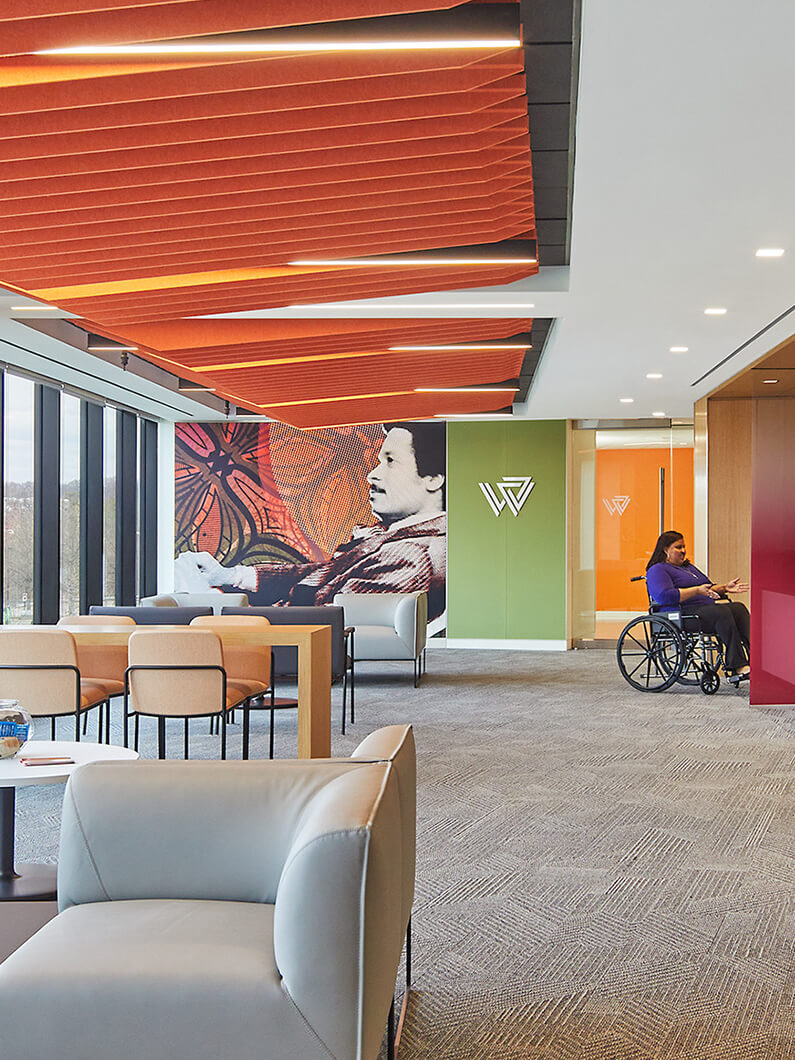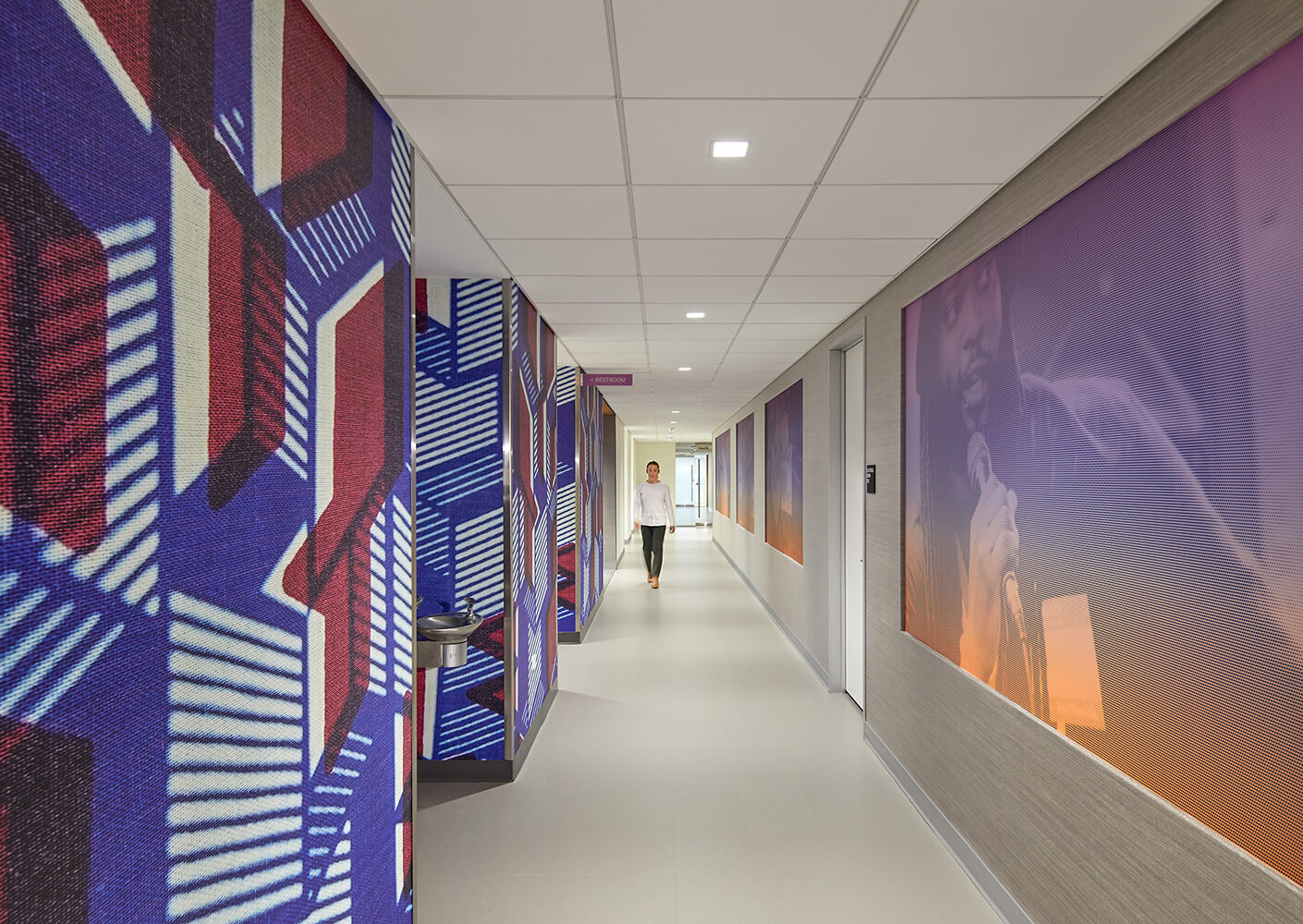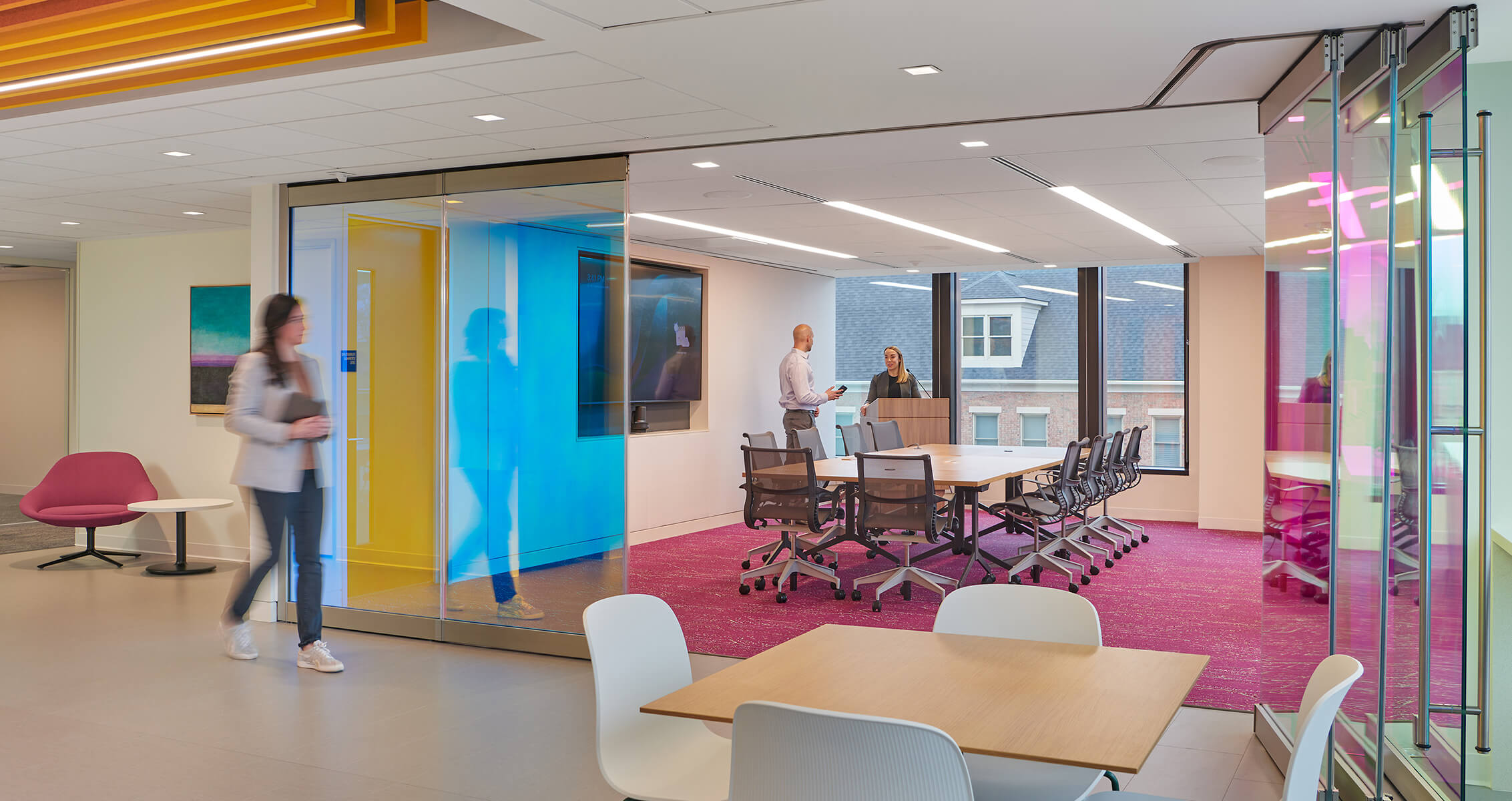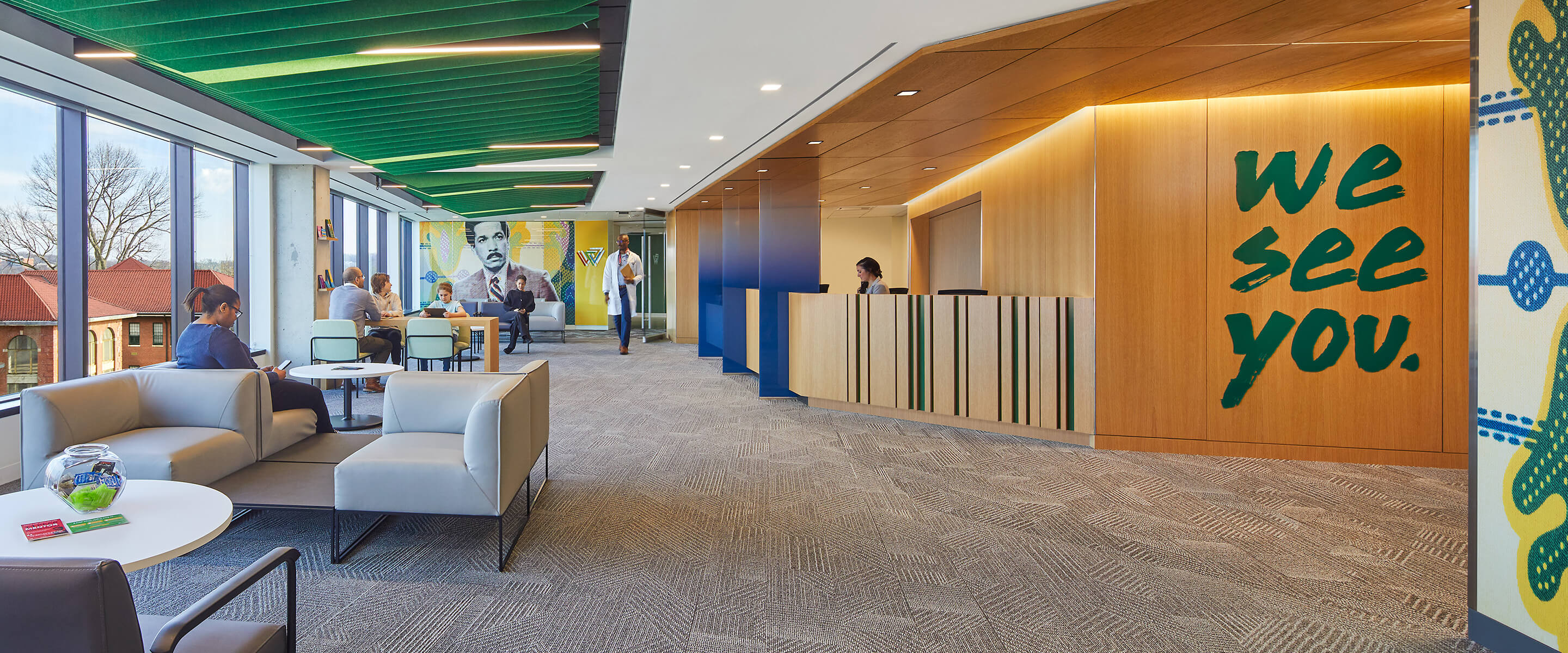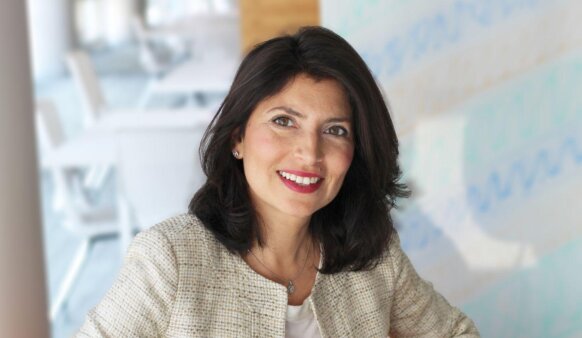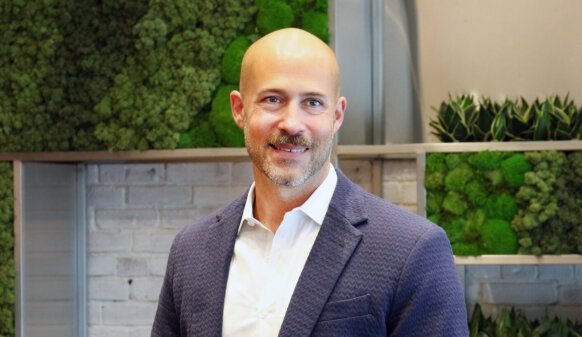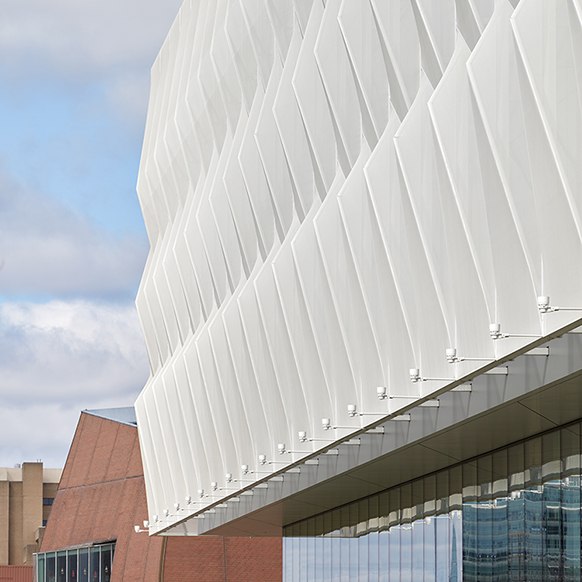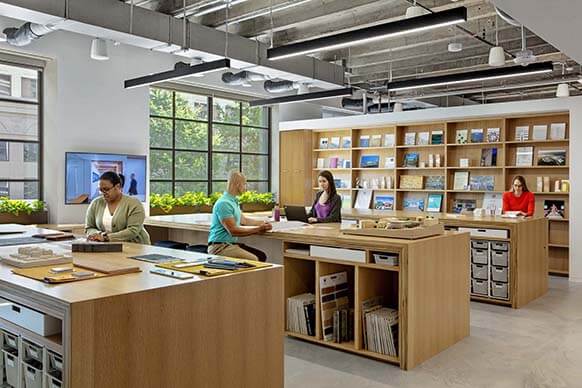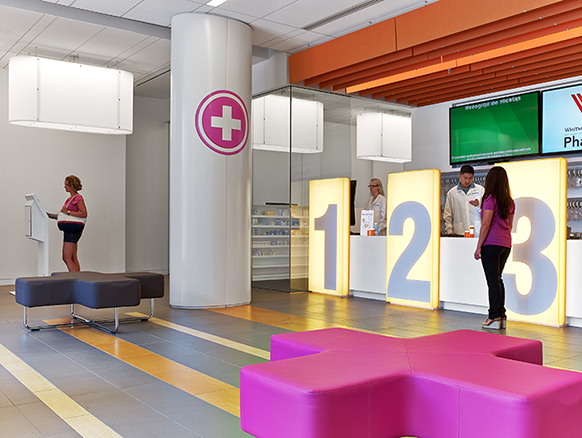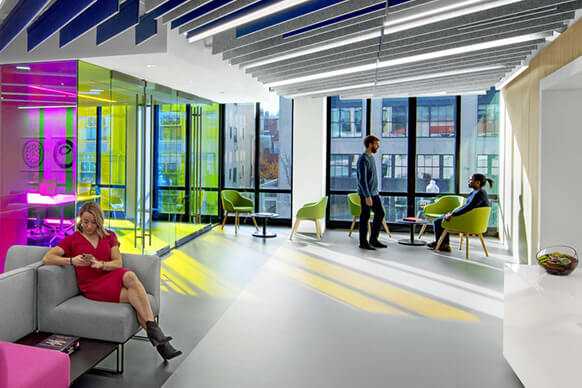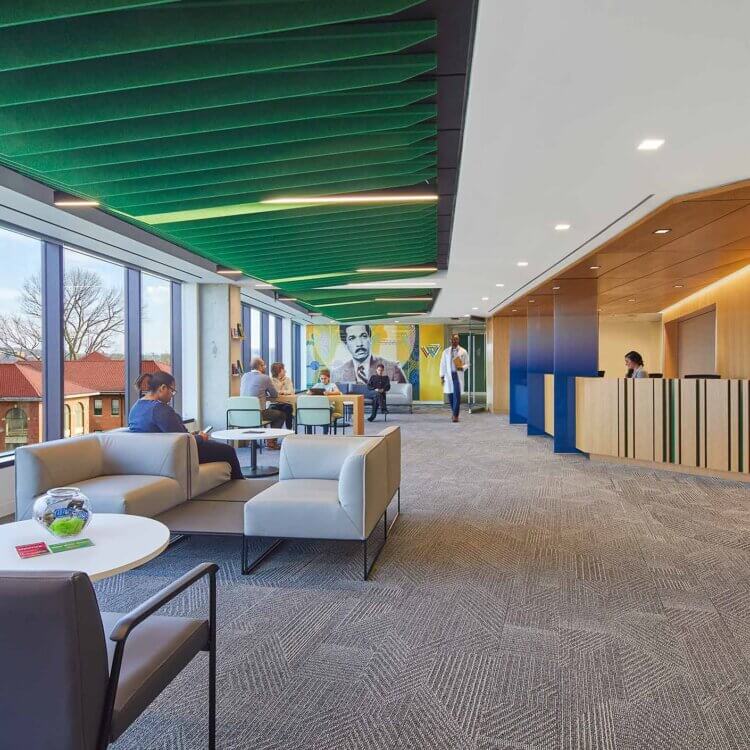
Whitman-Walker Health, Max Robinson Center
The Max Robinson Center is a five-story healthcare and research facility for Whitman-Walker in Saint Elizabeths East. Its design takes inspiration from Whitman-Walker’s 50-year commitment to relieving persistent health disparities and service delivery inequities in Washington, D.C., reflected in their motto, “We See You.” To the LGBTQ+, minority, and at-risk patients that receive lifesaving care and support services there, Whitman-Walker Health is a safe place of acceptance. The Max Robinson Center creates flexible spaces that provide ease, security, and dignity for practitioners, staff, and patients.
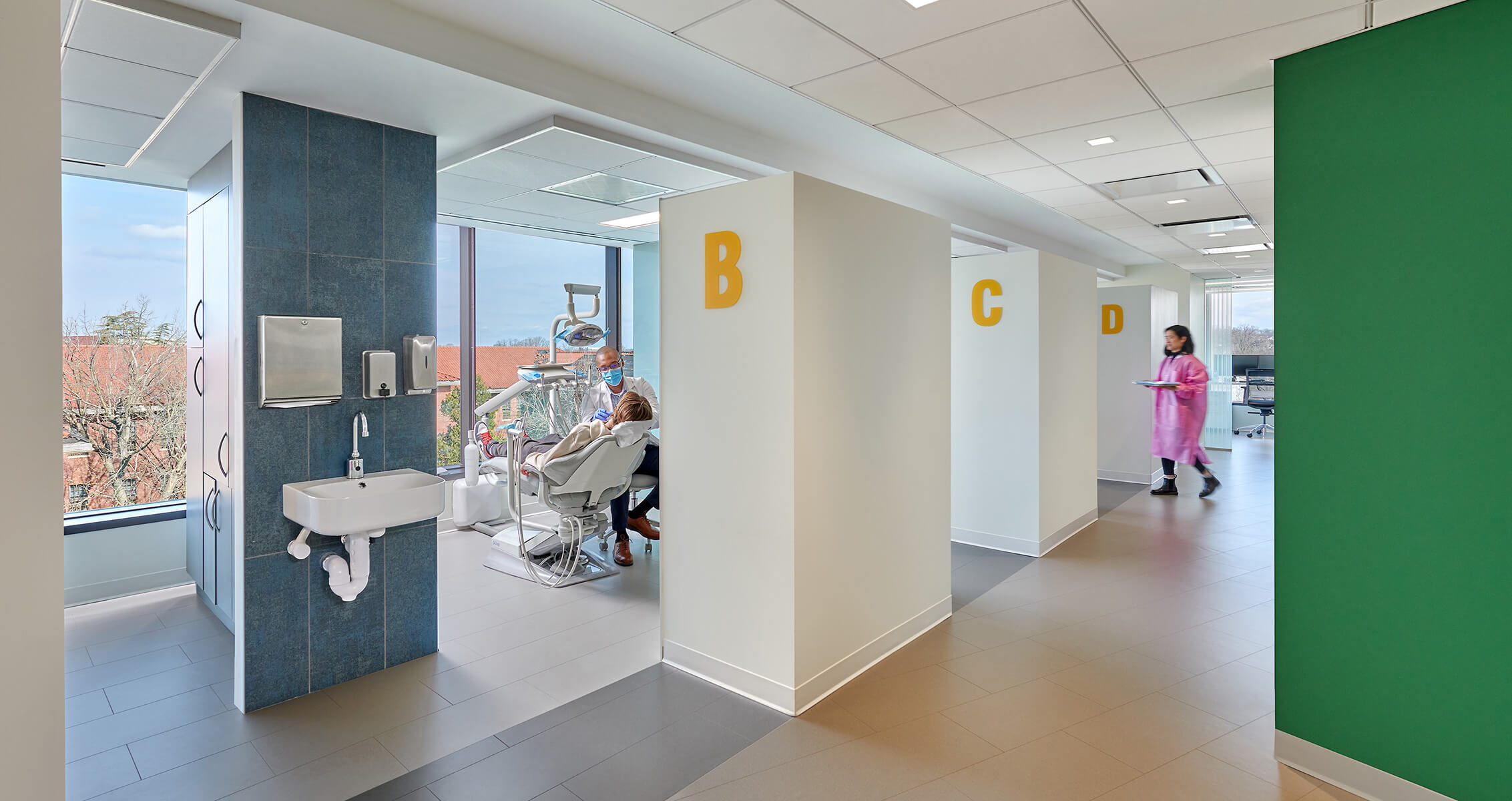
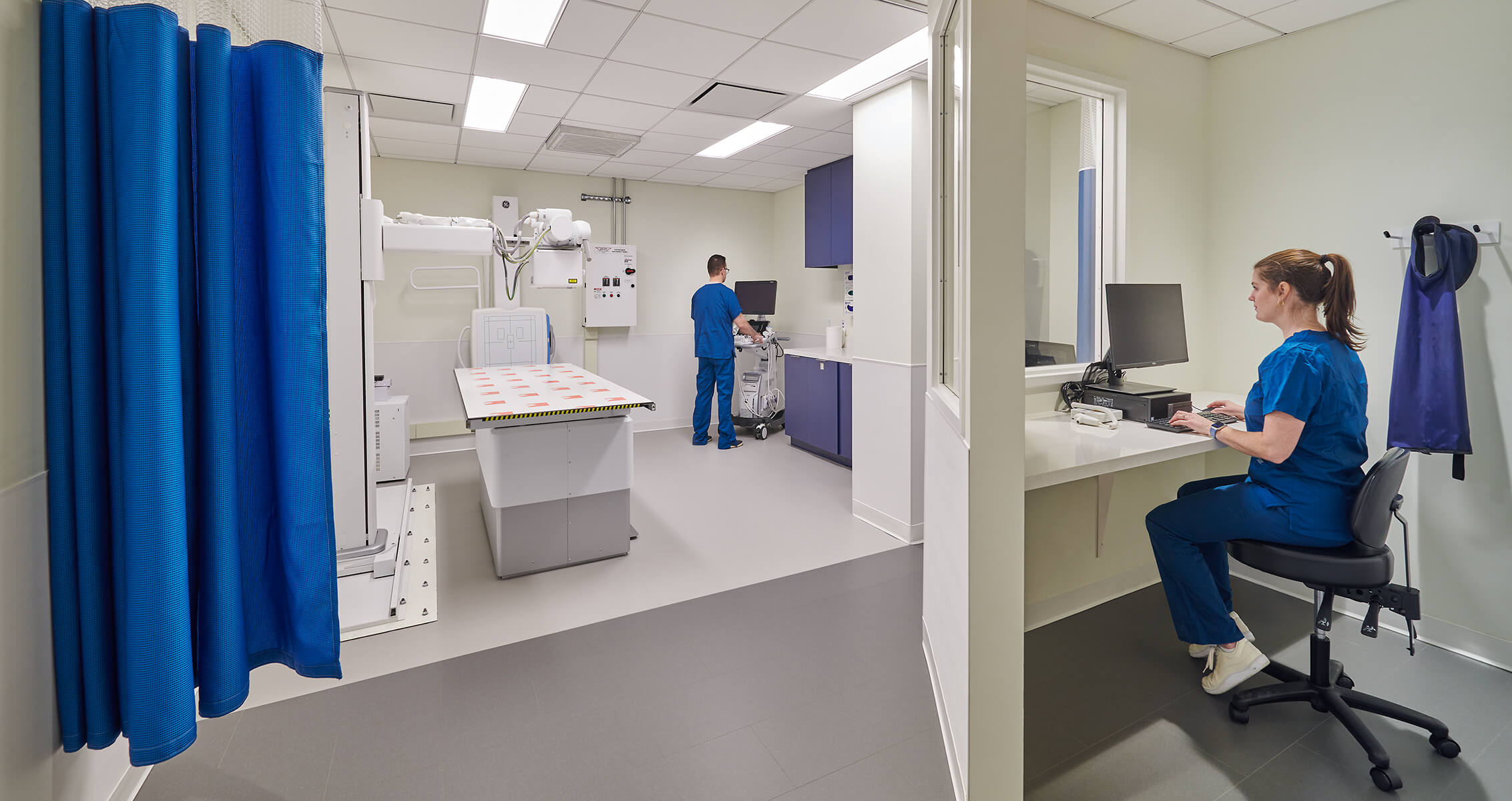
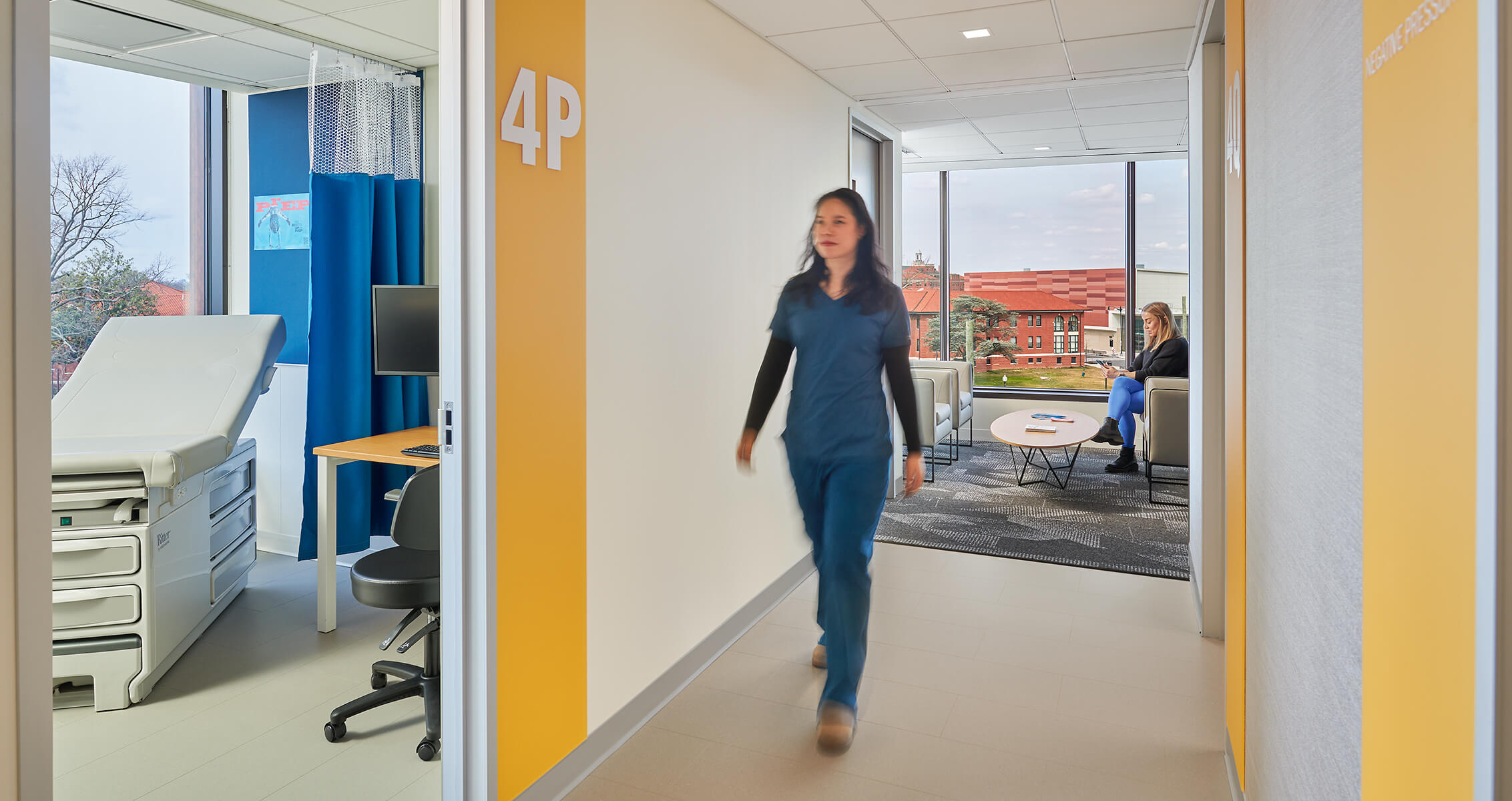
The Max Robinson Center nearly doubles Whitman-Walker’s reach, allowing them to serve over 20,000 patients per year. Service offerings include: dental health, youth and family support, HIV care, gender-affirming care, legal services, behavioral health counseling, and insurance navigation. On-site lab facilities create an opportunity for continued investment in vital biomedical and applied research in HIV treatment and prevention.
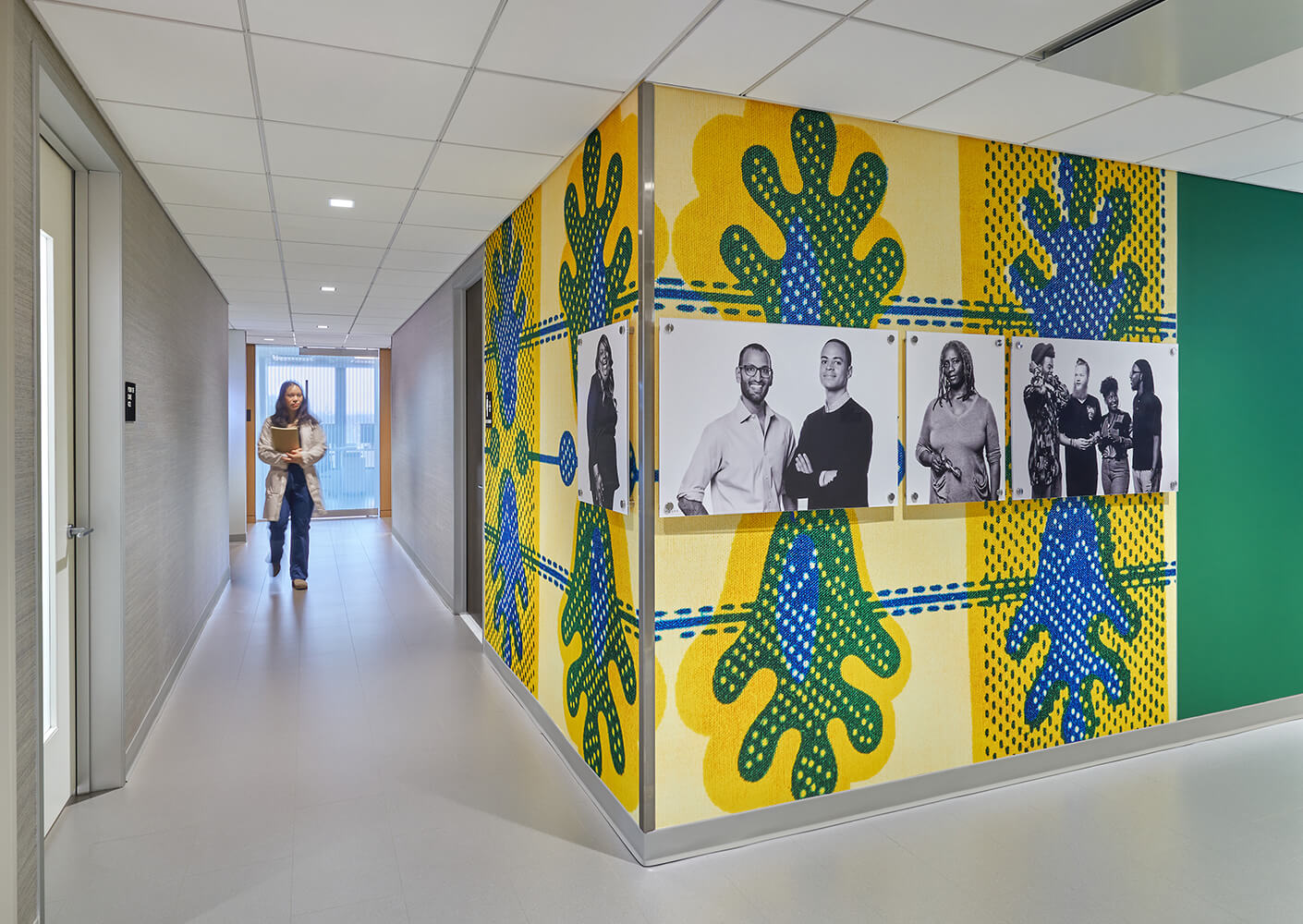
Whitman-Walker sought to celebrate the soul, grit, and promise of Southeast Washington, D.C through the design of the Max Robinson Center. Environmental graphic design throughout the building reinforces identity through photo murals, local “hero” graphics, and a variety of imagery and artifacts curated by Whitman-Walker’s community advisory council.
